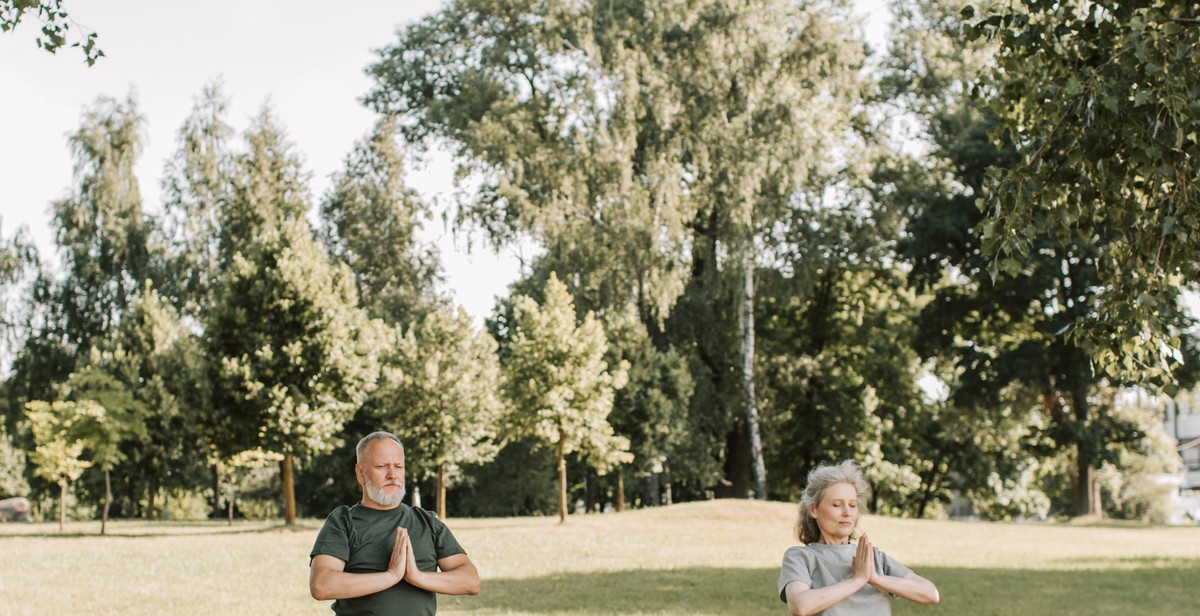How to Sing with Power and Projection: Techniques for Vocal Strength and Resonance
Singing is an art that requires a lot of practice and dedication. It is not just about hitting the right notes; it is also about how you deliver those notes. Vocal power and projection are two of the most important elements of singing. They are what make a singer stand out from the crowd.
Why Vocal Power and Projection are Important
Vocal power refers to the strength of your voice. It is the ability to produce loud and strong sounds without straining your vocal cords. Projection, on the other hand, is the ability to make your voice heard over a distance. It is what enables you to sing in large venues without the need for a microphone.
Having vocal power and projection is important for several reasons. Firstly, it allows you to express yourself more effectively through your singing. It also enables you to connect with your audience on a deeper level. Additionally, it can help you to avoid vocal damage caused by straining your voice to be heard.
In this article, we will explore techniques for developing vocal power and projection. By the end of this article, you will have the tools you need to take your singing to the next level.

Breathing Techniques for Vocal Power
When it comes to singing with power and projection, proper breathing techniques are essential. Here are three breathing techniques that can help you achieve vocal strength and resonance:
Diaphragmatic Breathing
Diaphragmatic breathing, also known as belly breathing, is the foundation of good singing technique. This technique involves inhaling deeply and expanding your diaphragm, which is a muscle located at the base of your lungs. As you exhale, your diaphragm relaxes and pushes air out of your lungs, creating a steady flow of breath that supports your vocal cords.
To practice diaphragmatic breathing, lie on your back with your hands on your belly. As you inhale, feel your belly rise and expand. As you exhale, feel your belly fall. Repeat this exercise several times, focusing on the sensation of your belly rising and falling with each breath.
Ribcage Expansion Technique
The ribcage expansion technique is another effective breathing exercise for singers. This technique involves expanding your ribcage as you inhale, which allows for more air to enter your lungs and creates a fuller, richer sound.
To practice this technique, stand with your feet shoulder-width apart and your arms at your sides. As you inhale, imagine your ribcage expanding in all directions. Hold your breath for a few seconds, then exhale slowly. Repeat this exercise several times, focusing on the sensation of your ribcage expanding and contracting with each breath.
Breath Control and Support
Breath control and support are crucial for maintaining vocal power and projection. To develop these skills, practice sustaining long, controlled notes while maintaining proper posture and breath support.
One effective exercise is to sing a sustained note while holding your arms out to your sides at shoulder height. As you sing, focus on keeping your shoulders relaxed and your breath steady and controlled. Gradually increase the length of the note as you become more comfortable with the exercise.
By incorporating these breathing techniques into your vocal practice, you can develop the power and projection necessary to become a confident and skilled singer.

Posture and Alignment for Vocal Projection
The way you sit or stand can have a significant impact on your vocal projection. Proper posture is essential to allow your lungs and diaphragm to work efficiently, ensuring you can produce a powerful sound. Here are some tips on how to maintain good posture while singing:
Proper Posture
Stand or sit up straight with your shoulders relaxed and your feet shoulder-width apart. Keep your chest high and your chin level with the floor. Avoid slouching or leaning forward, as this can restrict airflow and make it harder to project your voice.
Alignment of the Head and Neck
Aligning your head and neck correctly is crucial for optimal vocal projection. Keep your head level, with your chin parallel to the floor. Avoid tilting your head up or down, as this can strain your neck muscles and affect your voice.
Relaxation Techniques for Tension Release
Tension in your body can affect your vocal projection negatively. To release tension, try some relaxation techniques such as deep breathing, stretching, or yoga. These techniques can help you relax your muscles and improve your posture, allowing you to sing with more power and projection.
By maintaining proper posture, aligning your head and neck correctly, and releasing tension through relaxation techniques, you can improve your vocal projection. Remember, good posture and alignment are essential for optimal vocal strength and resonance.

Resonance Techniques for Vocal Strength
Resonance techniques play a crucial role in achieving vocal strength and projection when singing. These techniques involve manipulating the placement of the tongue and soft palate, using nasal and mask resonance, modifying vowels, and maintaining good diction.
Placement of the Tongue and Soft Palate
The position of the tongue and soft palate can greatly affect the resonance and tone quality of your voice. The tongue should be relaxed and positioned low in the mouth, while the soft palate should be raised to create space in the back of the throat. This allows for a clearer, more resonant sound to be produced.
Nasal Resonance and Mask Resonance
Nasal resonance involves directing sound vibrations through the nasal cavity, while mask resonance involves directing sound vibrations through the bones in the face. Both of these techniques help to create a fuller, more powerful sound by utilizing different resonators in the body.
Vowel Modification and Diction
Vowel modification involves altering the shape of the mouth to produce different vowel sounds. This can help to improve resonance and projection, particularly in higher or lower registers. Good diction is also important, as clear and precise articulation can help to enhance the overall clarity and power of your voice.
| Resonance Techniques for Vocal Strength |
|---|
| Placement of the Tongue and Soft Palate |
| Nasal Resonance and Mask Resonance |
| Vowel Modification and Diction |

Exercises for Building Vocal Power and Projection
Building vocal power and projection requires regular exercises that focus on improving your vocal strength, endurance, and breath control. Here are some exercises that you can incorporate into your daily vocal practice:
Vocal Warm-ups
Before doing any vocal exercises, it is important to warm up your voice to prevent strain and injury. Start with some basic vocal warm-ups such as lip trills, humming, and sirens. These exercises help to loosen your vocal cords and prepare your voice for more intense exercises.
Breathing Exercises
Breath control is essential for building vocal power and projection. Practice deep breathing exercises such as diaphragmatic breathing, where you inhale deeply and exhale slowly while engaging your diaphragm. You can also try the “ha” exercise, where you exhale forcefully while saying “ha” to engage your abdominal muscles.
Vocal Strength and Endurance Exercises
These exercises help to build vocal strength and endurance, allowing you to sing with more power and projection. Start with basic exercises such as lip trills and humming, gradually increasing the length and intensity of your vocalizations. You can also try the “staccato” exercise, where you sing short, sharp notes, or the “legato” exercise, where you sing long, sustained notes.
- Lip trills
- Humming
- “Staccato” exercise
- “Legato” exercise
Another effective exercise is the “siren” exercise, where you start at your lowest pitch and gradually slide up to your highest pitch and back down again. This exercise helps to improve your vocal range and control.
| Exercise | Benefits |
|---|---|
| Lip trills | Loosen vocal cords |
| Humming | Warm up voice |
| “Staccato” exercise | Build vocal strength |
| “Legato” exercise | Improve breath control |
| “Siren” exercise | Improve vocal range |
Remember to always practice proper vocal technique and listen to your body to prevent injury. With regular practice, these exercises will help you build vocal power and projection for a stronger and more resonant voice.

Tips for Maintaining Vocal Health
As a singer, maintaining vocal health is crucial to achieving power and projection in your performance. Here are some tips to help you keep your voice healthy:
Hydration
Drinking plenty of water is essential for keeping your vocal cords hydrated and healthy. The recommended daily intake of water is 8-10 glasses, but as a singer, you should aim for at least 2-3 liters of water a day. Avoid drinking cold water as it can cause your vocal cords to contract, leading to strain and injury. Room temperature water or warm water with lemon and honey is best for your voice.
Rest and Recovery
Resting your voice is just as important as using it. Avoid singing or speaking loudly for long periods without taking breaks. It is recommended to rest your voice for at least 15 minutes every hour. Also, getting enough sleep is crucial for vocal recovery. Aim for 7-8 hours of sleep every night to ensure your vocal cords have enough time to rest and recover.
Avoiding Vocal Strain
Avoiding vocal strain is crucial for maintaining vocal health. To prevent strain, warm-up your voice before singing or speaking. Avoid screaming, shouting, or speaking in noisy environments. Use proper breathing techniques to support your voice and avoid pushing your voice beyond its limits. If you feel any discomfort or pain while singing or speaking, stop immediately and rest your voice.
By following these tips, you can maintain vocal health and achieve power and projection in your performance.
Conclusion
Learning how to sing with power and projection is a process that requires consistent practice and dedication. By incorporating the techniques discussed in this article, you can improve your vocal strength and resonance, and take your singing to the next level.
Key takeaways
- Breath control is essential for singing with power and projection.
- Proper posture and alignment can help improve your vocal resonance.
- Vocal warm-up exercises can prepare your voice for optimal performance.
- Using your diaphragm and supporting your voice can help you sing with more power.
- Experiment with different vowel sounds and articulation techniques to find what works best for your voice.
Final thoughts
Remember, singing with power and projection is not about being loud or forceful, but about using your voice in a way that is healthy and sustainable. Practice regularly, be patient with yourself, and enjoy the journey of discovering your unique voice.
| Author: | John Smith |
| Date published: | March 15, 2021 |
| Category: | Music |
